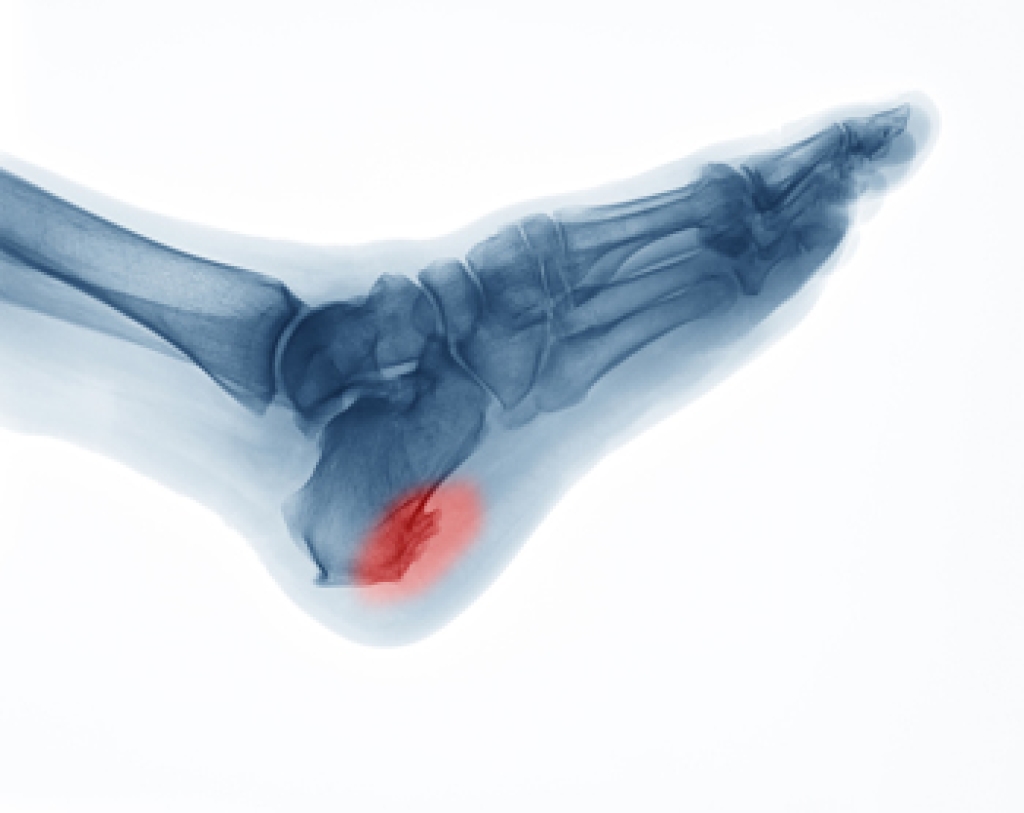
Foot arthritis can be a challenging condition, but making informed dietary choices can play a role in alleviating symptoms and promoting overall joint health. Emphasize anti-inflammatory foods such as fatty fish rich in omega-3 fatty acids, known for their potential to reduce inflammation. Additionally, incorporating a variety of colorful fruits and vegetables, which provide essential vitamins and antioxidants may help to support joint health. Turmeric, with its active compound curcumin, is renowned for its anti-inflammatory properties and can be a beneficial addition. On the flip side, limit or avoid foods that may contribute to inflammation, such as those high in saturated fats and refined sugars. Processed foods and excessive intake of red meat should be moderated. Maintaining a balanced, nutrient-dense diet not only supports overall health but can also positively impact the management of foot arthritis, fostering greater comfort and mobility. If you have arthritis in your feet, it is suggested that you visit a chiropodist who can offer you relief options, which may include additional food choices.
Osteoarthritis in the feet or ankles can be a painful and disabling condition that may interfere with your daily activities. If you have arthritis, please consult with one of the chiropodists from The Footcare Centre. Our chiropodists will assess your condition and provide you with quality foot and ankle treatment.
What Is Osteoarthritis?
Osteoarthritis is a condition in which the protective layer of cartilage in the joints breaks down over time. This loss of cartilage causes the bones to rub together during movement, leading to pain and inflammation. Osteoarthritis is associated with aging, and often affects the small joints of the feet and ankles.
Symptoms
Symptoms of osteoarthritis include:
- Joint pain
- Joint stiffness
- Swelling in or around the joint
- Restricted range of motion
- Difficulty walking
Diagnosis
Osteoarthritis can be diagnosed through physical examination. You may also need to have an X-ray taken to assess the extent of the damage caused by arthritis.
Treatment
Treatment for osteoarthritis focuses on reducing symptoms and improving the function of the affected joints. Conservative treatments include oral pain medications, orthotic devices, bracing or immobilizing the affected foot or ankle, steroid injections into the affected joint to reduce inflammation, and physical therapy. In more severe cases, surgery may be necessary.
If you have any questions, please feel free to contact our office located in . We offer the newest diagnostic and treatment technologies for all your foot care needs




